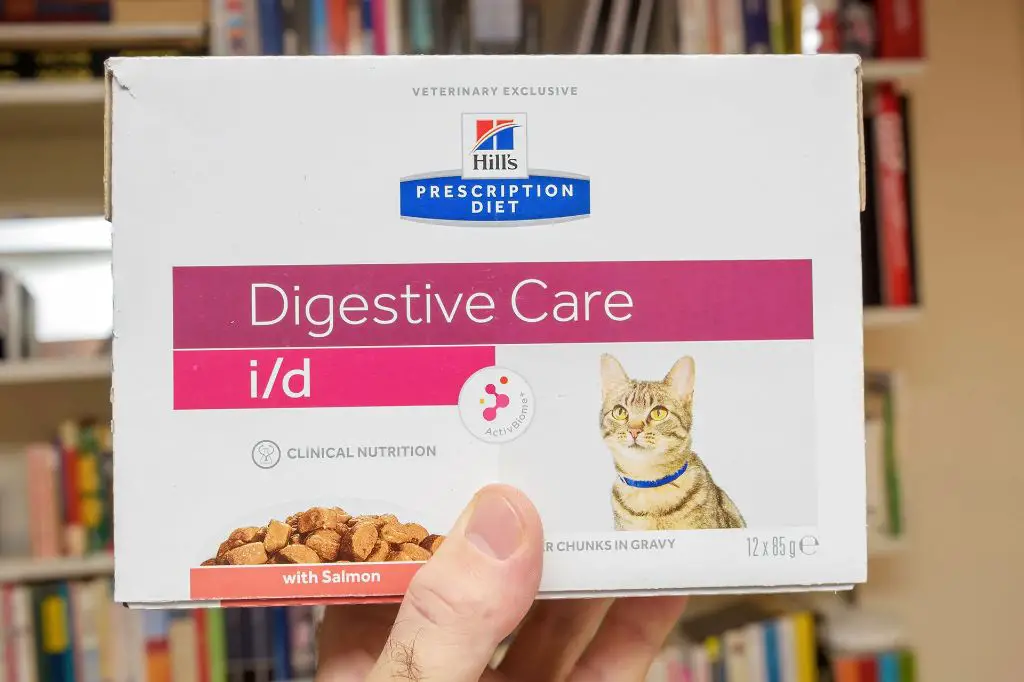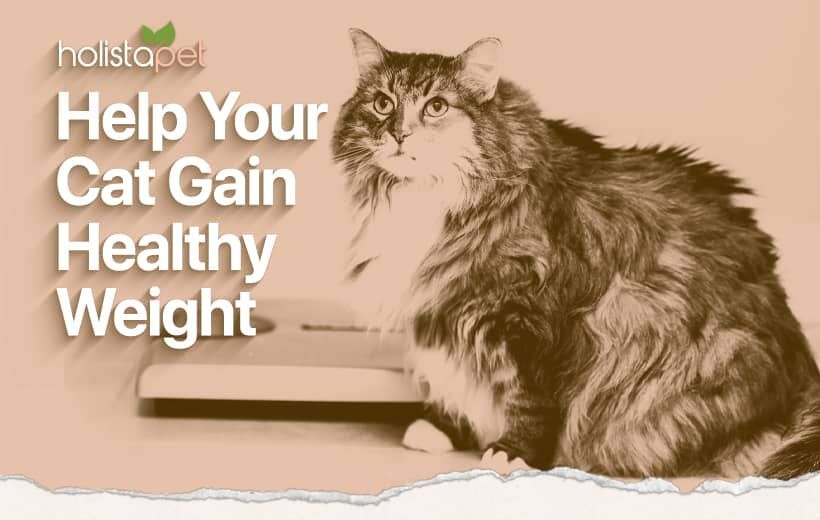Feline obesity has become an epidemic, with over 50% of cats now overweight or obese. Excess weight puts cats at risk for diabetes, heart disease, arthritis, and other health problems. Helping an overweight cat lose weight is one of the most important things cat owners can do to improve their pet’s health and quality of life. Even a small amount of weight loss, such as 10% of their body weight, can have meaningful health benefits for cats.
Assess If Your Cat is Overweight
The first step in helping an overweight cat lose weight is to honestly assess if your cat truly is overweight. There are a few key factors to look at:

Evaluate your cat’s body condition score on a scale of 1-9. A score of 1 is extremely thin while a score of 9 is grossly obese. Ideal body condition for cats is a score of 4-5 out of 9. Scores of 6 or above indicate an overweight cat. Refer to visual cat body condition charts like this one from Cats Protection to help assess your cat’s body score: Is my cat the right weight? | Meow Blog
Look at your cat’s waistline and abdominal fat. When viewed from above, does your cat have a visible waistline or does it bulge outwards uninterrupted? An overweight cat will lose its waistline as abdominal fat accumulates. Gently feel along your cat’s sides – is there a layer of fat covering the ribs or can you easily feel the ribs?
Check your cat’s ability to jump up on furniture or climb stairs with ease. An overweight cat may struggle with physical activities they once found simple. This impaired mobility is a sign your cat may need to lose weight.
Use all of these factors together to determine if your cat would benefit from weight loss. If your cat scores a 6 or higher on the body condition chart, has lost their waistline, and struggles with activity, then weight loss is likely needed.
Dietary Changes
One of the most important steps for weight loss in cats is to switch to a high-protein, low-carb diet. Cats are obligate carnivores, meaning they need a meat-based diet rich in protein. High-protein diets help cats feel fuller longer, while reducing the empty calories from carbohydrates (1). Look for cat foods with at least 40% protein and under 10% carbs, such as canned/wet foods or freeze-dried raw diets.
It’s also crucial to transition from free feeding to scheduled, portion-controlled meals. When cats have unlimited access to food, they tend to overeat. Feed 2-3 meals per day, following the recommended serving sizes on the food packaging. Weigh out the portions rather than eyeballing it to ensure proper calorie intake. Start with smaller meals, then gradually increase as needed to promote weight loss while preventing hunger (2).
Sources:
(1) https://www.nomnomnow.com/learn/article/weight-loss-diet-for-your-cat
(2) https://funcats.info/posts/the-right-weight-loss-diet-for-your-cat
Increase Exercise

Increasing exercise is critical to helping an overweight cat lose weight. More activity will help burn excess calories. There are several ways to encourage more exercise:
– Allow for more play time with interactive toys like feather wands, laser pointers, or balls. Engage your cat in active play for at least 15 minutes, twice a day. Moving around will help build muscle and burn fat. This source has tips for fun, stimulating play.
– Use food puzzle toys like treat balls or food mazes. These provide mental and physical stimulation as your cat pushes and bats them around to get their food. They have to work for their meals! Puzzle feeders also slow down eating to prevent overindulging.
– Provide cat shelves, cat towers, boxes, and other climbing structures. Vertical spaces allow cats to jump up and down and stretch their bodies. Place shelving and perches throughout your home so your cat can move more during daily activities.
Enrichment
Providing enrichment for cats is crucial for their mental and physical health. Enrichment helps prevent boredom and gives cats an outlet for their natural behaviors like scratching, climbing, hunting and exploring. Some easy enrichment ideas include:
Rotate toys frequently to keep cats interested and prevent boredom. Cats can get bored with the same toys day after day. Make sure to rotate their toys every few days and keep some toys out of sight. Bringing those toys back out later will make it seem new and exciting again for your cat.[1]
Try food foraging activities using puzzle feeders or hiding kibble around the house for them to hunt and find. This allows them to engage their natural hunting behaviors. Just be sure to account for the extra calories from treats or puzzle feeders in their daily diet.[2]
Provide an outdoor enclosure or catio for safe exploration if possible. This allows them to experience the sights, sounds and smells of the outdoors while preventing the dangers of roaming freely. Make sure the enclosure has climbing platforms, scratching posts and hideaways.[3]
Veterinary Care
An important part of a cat weight loss plan is partnering with your veterinarian for care. Your vet can perform a wellness checkup to rule out any medical conditions causing your cat’s weight gain, such as hypothyroidism or Cushing’s disease. They can also prescribe a veterinary therapeutic weight loss food formulated with more protein and fiber to keep your cat feeling full (1).
Prescription diets like Hill’s Metabolic or Royal Canin Satiety Support use specific nutrients to aid weight loss and have undergone feeding trials to ensure safety and efficacy. Having your vet closely monitor and weigh your cat at regular checkups provides accountability and ensures your pet is losing weight at an appropriate pace. Veterinary plans also include behavioral modification tips tailored to your cat. Working together with your vet results in better compliance and sustainable weight loss for a happier, healthier cat.

(1) https://vcahospitals.com/know-your-pet/creating-a-weight-reduction-plan-for-cats
Supplements
Certain supplements may help your cat lose weight more effectively when combined with diet and exercise. Some of the most beneficial supplements for weight loss in cats include:
L-Carnitine
This amino acid helps the body turn fat into energy. Talk to your vet about an appropriate L-carnitine dosage for your cat. Start with a low dose and monitor your cat’s response.
Glucosamine
This supplement supports joint health, which may help overweight cats be more active and lose weight. Glucosamine also helps limit inflammation. Ask your vet to suggest a safe daily glucosamine dosage for your cat.
Omega-3s
Omega-3 fatty acids encourage fat burning while also benefitting your cat’s skin, coat, heart, brain, and joints. Salmon oil and krill oil supplements are good options. Follow label directions or your vet’s dosage recommendations.
Always consult your veterinarian before giving your cat any supplements for weight loss. Make sure supplements are safe and will not interact with any medications your cat takes.
Avoid Fatigue
Cats who are obese may fatigue easily when exercising to lose weight. It’s important to avoid overtiring your cat during the weight loss process. Here are some ways to help your cat get the activity they need without causing undue fatigue:
Low-impact exercise: Walking on a leash, chasing feather toys, and playing fetch are great low-impact forms of exercise for overweight cats. Start slow and keep sessions short to avoid exhaustion.
Massage: Gently massaging and brushing your cat can provide joint relief and get the blood flowing without a lot of exertion. Focus on areas like the hips, back, and legs.
Mental stimulation: Challenging puzzle toys, hiding treats, introducing new sights/sounds, and training tricks are mentally engaging activities that burn some calories without being too physical.
Monitor your cat’s energy level during exercise. Let them rest when they seem tired. With time and weight loss, their endurance will improve. Avoiding overexertion prevents frustration, pain, and burnout during the weight loss journey.
Be Patient
Cats should lose weight gradually for the healthiest results. Aim for your cat to lose around 1-2% of their body weight per week. Drastic calorie restriction can cause liver damage and muscle wastage. Creating a slight calorie deficit is the safest approach.
Keep in mind that effective weight loss takes time and commitment. Be patient through the process. Focus on developing a lifelong healthy lifestyle for your cat rather than rushing to an ideal weight. Consistency with diet, exercise, enrichment etc. will lead to success over time. Expect weight loss to take several months. The longer your cat has been overweight, the longer it will take. But by making gradual healthy changes, your cat can successfully reach and maintain a normal weight.
Prevent Weight Regain

Once your cat has reached its target weight, it’s important to take steps to prevent the weight from creeping back on. According to the ASPCA, more than half of cats will regain weight after a weight loss program. Here are some tips to keep your cat at its new healthy weight:
Continue with the diet and exercise plan. Don’t go back to free feeding or stop interactive playtime just because your cat has reached its goal weight. Stick to the routine of scheduled, measured meals. Keep up with daily exercise and play sessions to help your cat maintain an active lifestyle.
Weigh your cat regularly. Continue to weigh your cat once per week or every other week. This will allow you to catch any weight gain early and take corrective action before it becomes a bigger issue. Watch for any weight gain of more than 2-3% of body weight, and adjust food accordingly if seen.
Limit treats. While occasional treats are fine, don’t overdo it. Stick to low calorie options like a few pieces of cooked chicken or fish, veggie pieces, or a spoonful of low fat plain yogurt or cat milk. Treats should make up no more than 10% of your cat’s daily caloric intake.
If your cat does start to regain weight, don’t hesitate to consult your veterinarian. They can work with you to get your cat back on track to a healthy weight.

